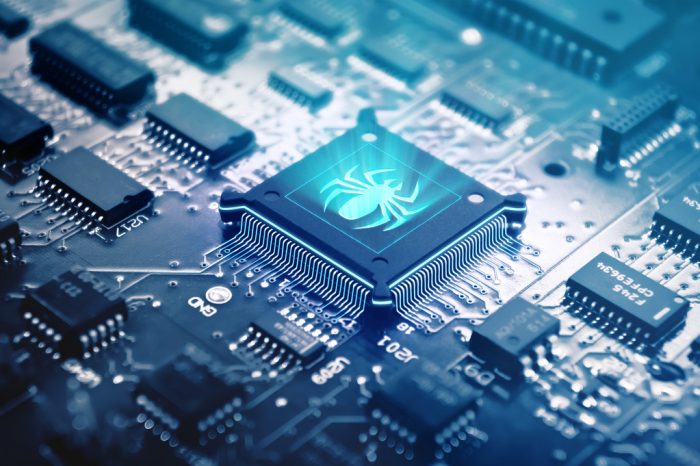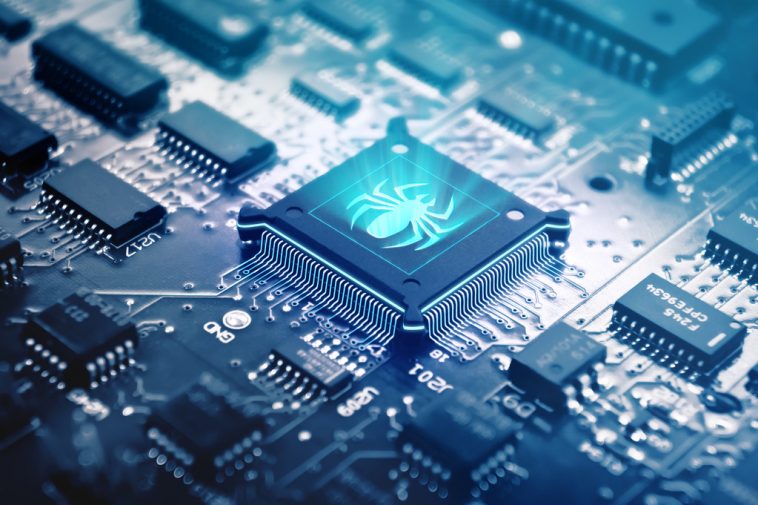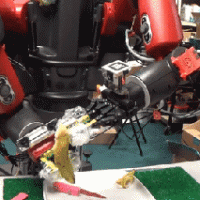Researchers are studying how the functions of specific insect nervous systems resemble those of deterministic, probabilistic, volatile, and nonvolatile memory, and exploring how to reproduce these functions in high-performance, energy-efficient, silicon-based nanoartificial intelligence systems .

Somewhere in the AI/ML world, NVIDIA is doing its best to convince anyone who wants to dabble in training that more raw power is the answer. On the other hand, CEA-Leti recently announced that Edge AI project coordinator Elisa Vianello has received a €3 million grant from the European Research Council (ERC) to develop new edge AI systems inspired by insect nervous systems.
According to Vianello, one of the biggest challenges in bringing AI directly into IoT devices is that current chip architectures waste up to 90 percent of the data moving instead of the total energy used to process the data.
Due to this waste, the AI capabilities of IoT devices are either hindered or must be physically connected to a stable power source, meaning they are not as flexible as many organizations would like. For one proposed application, an implantable medical diagnostic microchip, the situation is twofold, which will rely heavily on the user’s trust in the device’s reliability.
What’s wrong with small devices? No type of memory is dense, high-resolution, non-volatile, and infinitely persistent. Many industrial labs and research centers have tried to develop nanoscale memory architectures that use in-memory processing, with mixed results, Vianello said. For example, DRAM is volatile, meaning its contents are erased when power is lost – something that can happen in many IoT environments. Over the years, non-volatile memory types such as NVRAM have significantly improved endurance; they are still not completely reliable.
Vianello and her team will use grant funding to study how specific insect nervous systems function similarly to those performed by deterministic, probabilistic, volatile, and nonvolatile memory, and then explore how they can function in “high-performance, energy- Efficient silicon-based nanosystems.” Vianello said: “Crickets make accurate decisions based on sluggish, imprecise and unreliable neurons and synapses to escape predators. Taking a closer look at their biology, we found that in There are multiple memory-like functions at work in their sensory and nervous systems. By combining these different functions, the cricket’s internal computing system achieves amazing performance and energy efficiency.”
For example, a cricket has multiple sensors on its body and many local processing units in its abdomen, enabling continuous learning and decision-making without involving the central brain. Because it has a distributed computing system, it can make decisions faster — without having to transmit data from one place to another before processing it.
The goal is a hybrid synapse that can integrate multiple memory technologies on a small, IoT-friendly scale, which will help address the pitfalls of each system and eliminate at least some of the problems in transferring data rather than using artificial intelligence Wasted energy/ML algorithms while processing data. Vianello’s team wanted to take small amounts of noisy data, such as those captured by cameras, radar, or ECG devices, and enable types of learning not possible with current IoT computing architectures.
New products driven by any new insights from the Vianello team can be many years away, and new paradigms are welcome in the rapidly changing IoT world. The need for faster, more efficient, and more micro IoT has emerged as 46% of organizations accelerate the adoption of 5G, multiple viable edge computing standards, and more event-driven architectures deployed at the edge.




GIPHY App Key not set. Please check settings